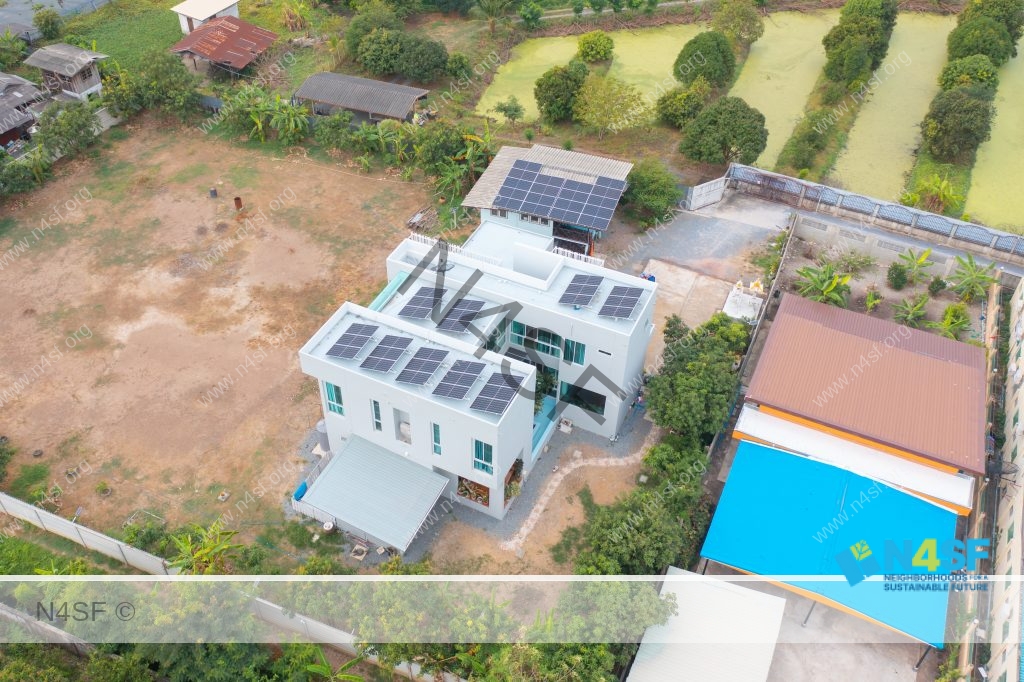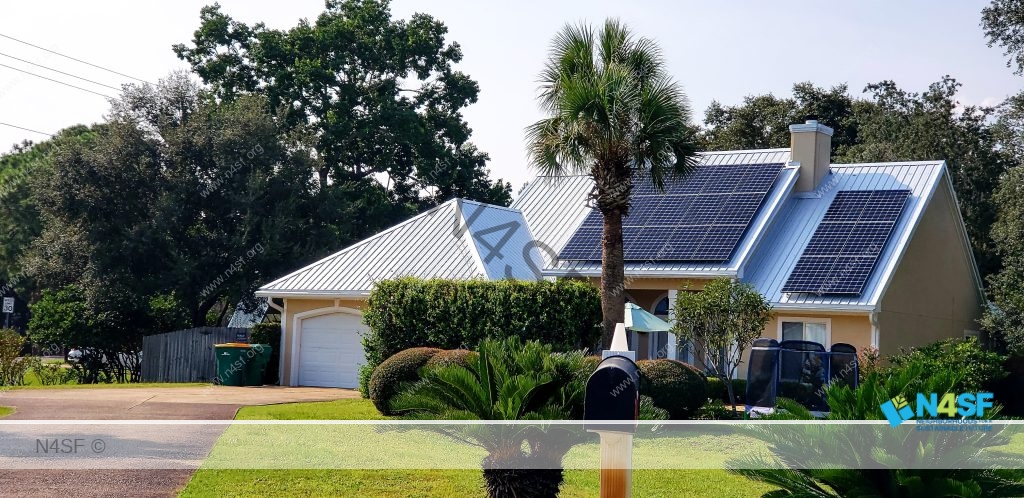Creating a sustainable neighborhood in the United States is an important part of building a sustainable future.
A sustainable neighborhood is one that promotes social, economic, and environmental sustainability.
It is a community that is designed to minimize its impact on the environment while providing a high quality of life for its residents.
In this blog post, we will explore what makes a neighborhood in the United States of America sustainable.
- Walkability and Connectivity A sustainable neighborhood should be designed with walkability and connectivity in mind. Walkability means that residents can walk to essential services and amenities such as schools, grocery stores, and parks. Connectivity refers to the availability of public transportation, bike lanes, and safe pedestrian crossings. By providing these amenities, a sustainable neighborhood reduces the need for car travel, which helps to reduce carbon emissions and promotes a healthy lifestyle.
- Access to Green Spaces Access to green spaces is an important aspect of a sustainable neighborhood. Green spaces such as parks, community gardens, and urban forests provide many benefits to residents, including improved mental health, reduced stress, and increased social connections. Green spaces also provide important ecosystem services such as filtering pollutants and mitigating the urban heat island effect.
- Energy Efficiency and Renewable Energy A sustainable neighborhood should be designed with energy efficiency and renewable energy in mind. Energy-efficient buildings, smart grids, and renewable energy sources such as solar and wind power can reduce energy consumption and carbon emissions. Sustainable neighborhoods can also include features such as green roofs, which provide additional insulation and help to reduce the urban heat island effect.
- Sustainable Water Management A sustainable neighborhood should be designed with sustainable water management in mind. Sustainable water management includes features such as rainwater harvesting, permeable pavements, and green roofs. These features can help to reduce stormwater runoff, prevent flooding, and recharge groundwater resources.
- Social Equity and Inclusivity A sustainable neighborhood should be designed with social equity and inclusivity in mind. It should be a community where everyone has access to affordable housing, transportation, and essential services such as healthcare and education. A sustainable neighborhood should be designed with input from the community, ensuring that it meets the needs of all residents.
In conclusion, creating a sustainable neighborhood in the United States requires a holistic approach that considers social, economic, and environmental sustainability.
By designing neighborhoods with walkability and connectivity, access to green spaces, energy efficiency and renewable energy, sustainable water management, and social equity and inclusivity, we can create communities that promote a high quality of life for all residents while minimizing their impact on the environment.
References:
- Sustainable Neighborhoods – U.S. Department of Energy. (n.d.). Retrieved from https://www.energy.gov/eere/buildings/sustainable-neighborhoods
- The Elements of a Sustainable Neighborhood. (2019, May 21). Retrieved from https://www.architectmagazine.com/technology/products/the-elements-of-a-sustainable-neighborhood_o
- Sustainable Neighborhood Design. (n.d.). Retrieved from https://www.epa.gov/smartgrowth/sustainable-neighborhood-design
- Sustainable Neighborhoods: Why They Matter and What They Look Like. (2020, October 23). Retrieved from https://www.consciouscompanymedia.com/sustainability/sustainable-neighborhoods-why-they-matter-and-what-they-look-like/



